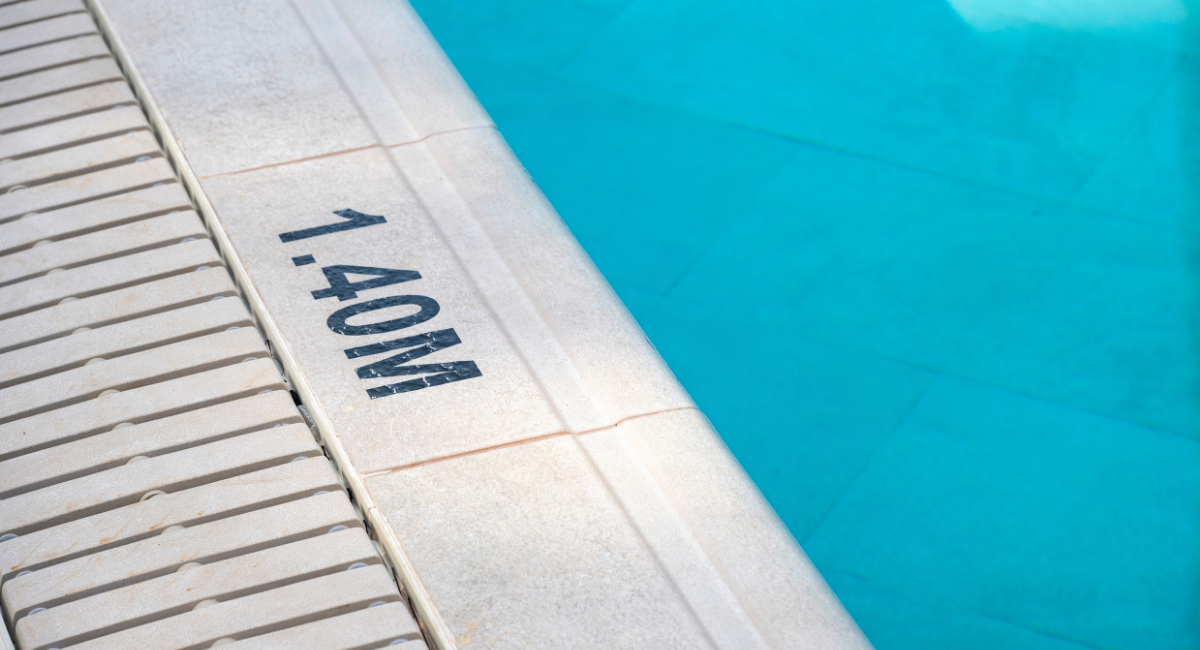
Swimming pools are not only aesthetic architectural elements but also spaces that must be carefully designed in terms of safety, functionality, and comfort. Pool depth varies according to its purpose of use, user profile, and the function of the space. Therefore, the ideal depth is not merely a numerical value; it should be considered together with the overall design integrity and usage scenarios.
Why Is Pool Depth Important? How Is Pool Depth Determined?
The depth of a pool is one of the most critical design factors in terms of safety, comfort, and intended use. The following criteria should be considered when determining the depth:
- User age and swimming ability
- Pool type (residential, villa, hotel, Olympic, etc.)
- Legal regulations and standards
Residential villa pool depth is generally between 1.20 and 1.50 meters, while in hotels or public areas, these values are planned between 1.40–1.80 meters depending on safety requirements.
What Should Be the Pool Depth in Residential Complexes?
Residential complex pool depth should accommodate both adults and children as it is typically designed for shared use. The residential pool depth is generally between 1.40–1.50 meters, providing a comfortable swimming experience. However, if the depth exceeds 1.50 meters, regulations require the presence of a lifeguard on duty.
Olympic and Semi-Olympic Pool Depths
Olympic pool depth must be at least 2 meters according to international standards. This value is determined to reduce water resistance during competitions and ensure athlete safety.
- Full Olympic pool depth: 2.0 – 3.0 meters
- Semi-Olympic pool depth: 1.80 – 2.0 meters
Guidance equipment such as the Olympic Pool Coping Depth Marking used in these pools is essential both for safety and architectural coherence.
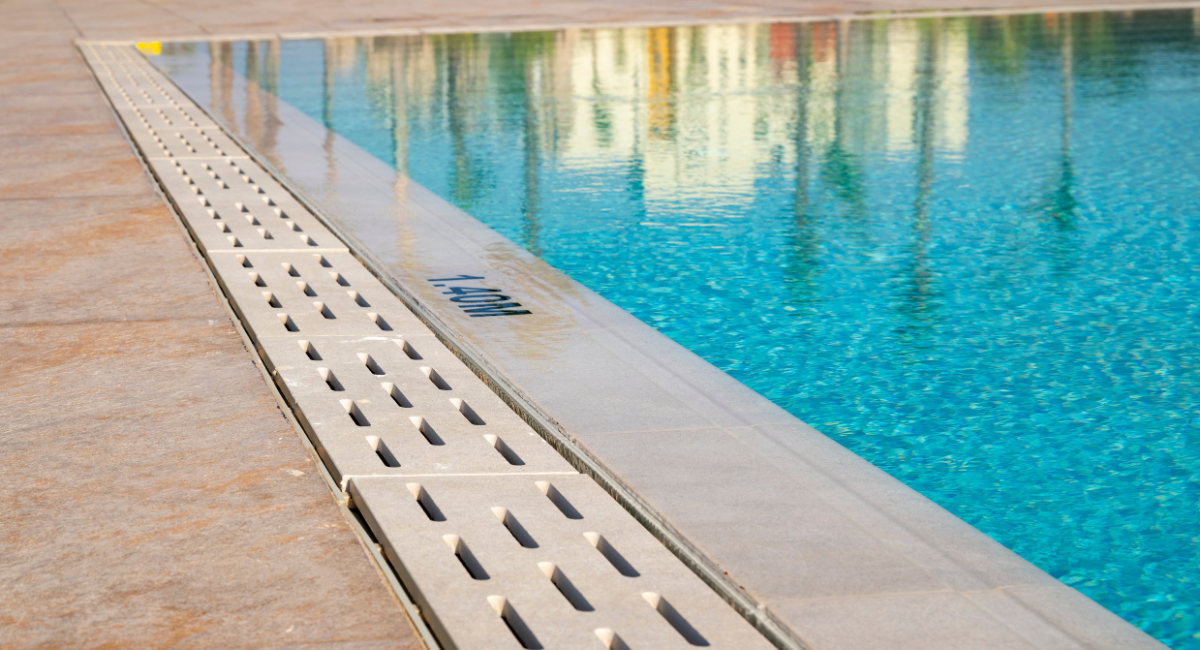
Pool Depth for Water Polo and Sports Use
Water polo pool depth should be at least 1.80 meters to ensure players’ feet do not touch the bottom and to maintain game dynamics. Therefore, in pools designed for sports purposes, depth planning should be evaluated separately within the scope of swimming pool depth standards.
What Are the Ideal Depth Standards for Pools?
The ideal pool depth varies depending on the intended use. Different standards have been set to ensure user safety for various pool types:
- Diving pool depth: Minimum 3.40 m
- Wave pools: 0 – 1.60 m
- Shallow pools (for non-swimmers): 0.60 – 1.35 m
- Water slide pool: Minimum 1.00 m
- Children’s pool depth: 0.30 – 0.50 m
- Foot rinse pool: 0.10 – 0.15 m
- Therapy pools: Maximum 1.35 m
- Cold plunge pool: 1.10 – 1.35 m
These values are regulated according to the pool depth regulations in compliance with national and international safety standards.
What Does Standard Pool Depth Mean?
Standard pool depth may vary depending on the project and purpose of use, but in many residential and commercial applications, an average of 1.40 meters is preferred. This value offers a practical solution in terms of swimming comfort as well as maintenance and energy efficiency.
Pool Depth Regulations and Safety Factors
Pool depth regulations are based on standards designed to ensure user safety. In public pools exceeding a depth of 1.5 meters, having a lifeguard on duty is mandatory. The lifeguard must be experienced and properly trained. In addition, hotel pool depth must be determined in compliance with regulations, and shallow and deep zones must be clearly separated by warning signs. These rules, within the framework of pool standards, aim to ensure user safety, health, and maintenance continuity.
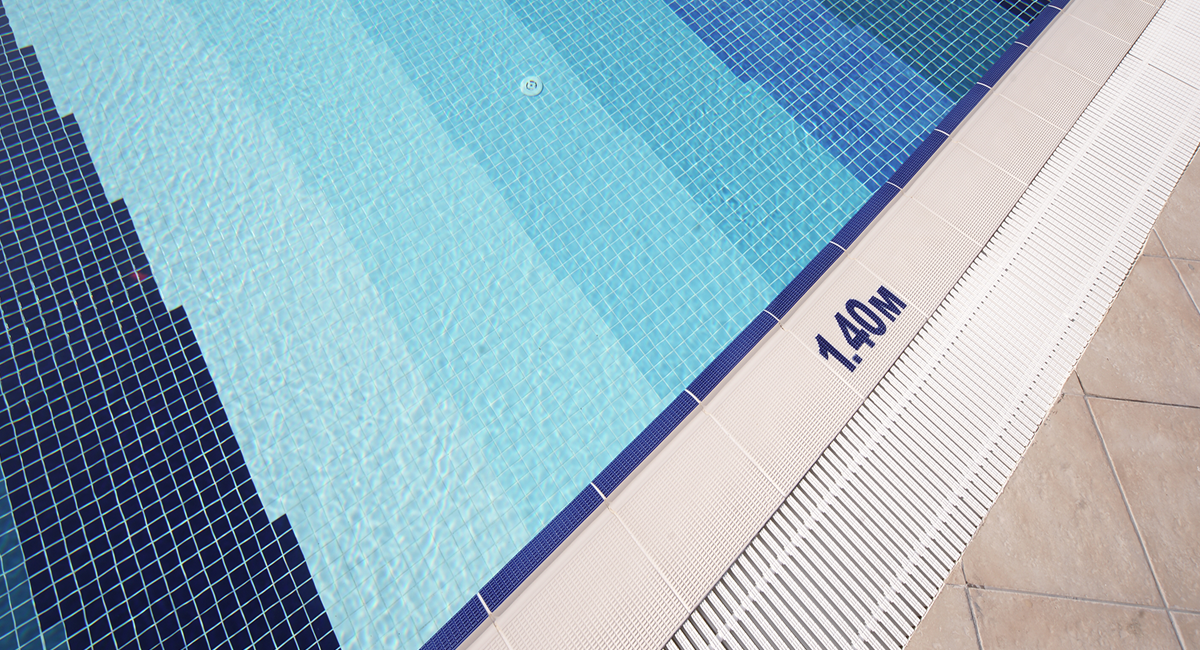
Depth Planning According to Pool Types
When planning the ideal depth for different pool types, both safety and function must be taken into account:
- Villa pool depth: 1.20 – 1.50 m
- Residential complex pool depth: 1.40 – 1.50 m
- Hotel pool depth: 1.40 – 1.80 m (for adult use)
- Children’s pool depth: 0.30 – 0.50 m
- Diving and jumping pools: above 2.00 m
Each depth type should be evaluated according to the purpose of use and user profile of the project. Since an increase in depth directly affects the water volume, it must be designed in harmony with factors such as energy, water circulation, and cleaning systems.
The Effect of Pool Depth on Design
Depth should be evaluated not only as a functional aspect but also as an aesthetic element. Inner Trim and Outer Trim transitions, Anti-slip Porcelain Surfaces, ergonomic stair systems, and Pool Edge Systems ensure both safety and architectural integrity. In particular, pool depth plates and floor marking numbers play a critical role in user information.
Make a Difference with Details in Your Project
A porcelain-tiled pool with steps and a depth of 1.40 meters offers an ideal solution for both hotel and villa projects. You can add both aesthetic and functional value to your designs with the following products:
Each product offers long-lasting use with its resistance to water and chemicals, creating a holistic appearance around the pool. You can explore our product pages to find the most suitable detail for your project.
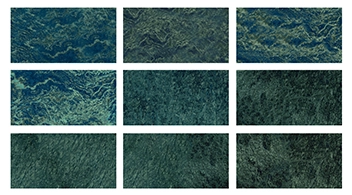
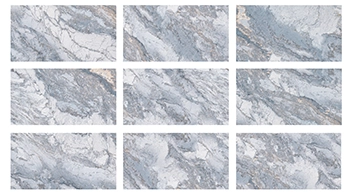
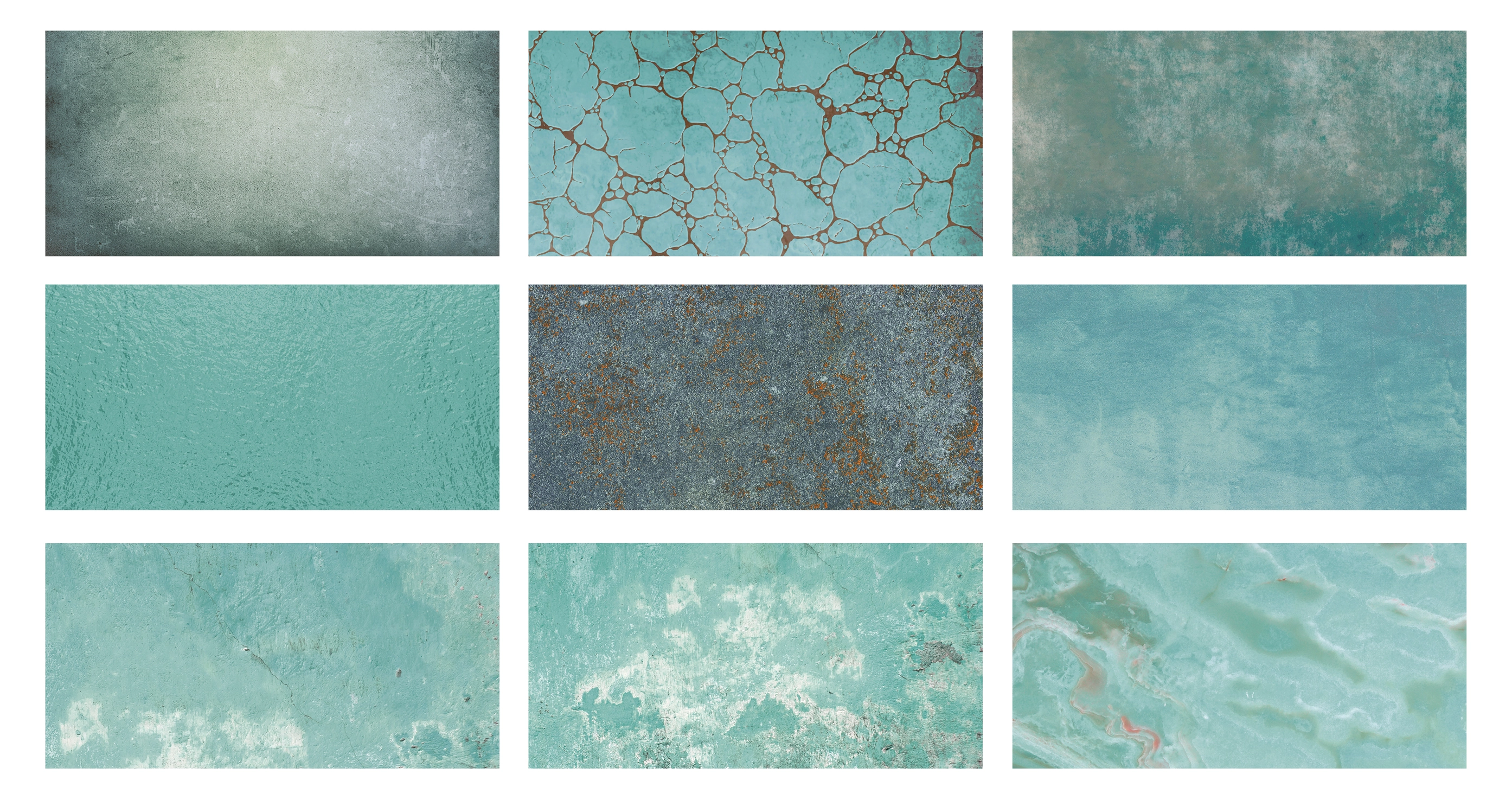
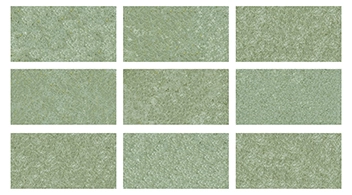
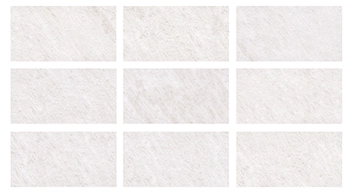
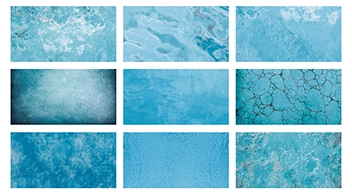
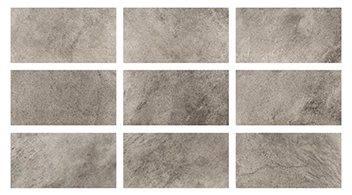
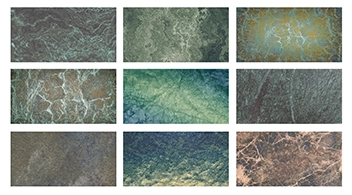
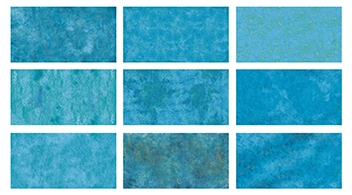
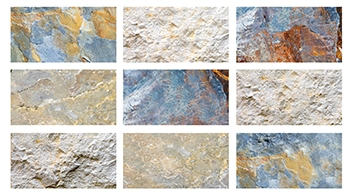
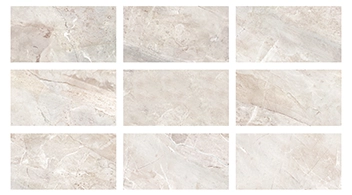
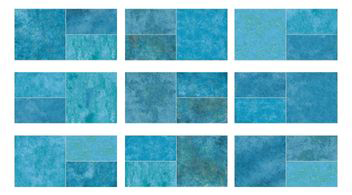
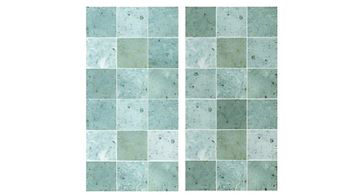

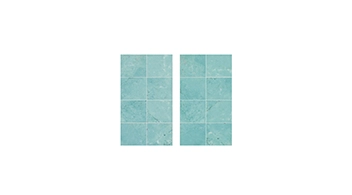

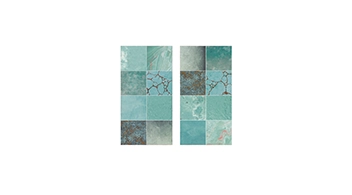
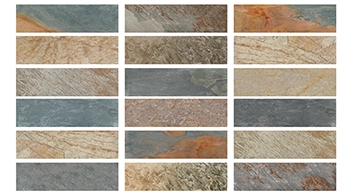
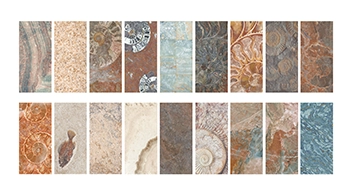

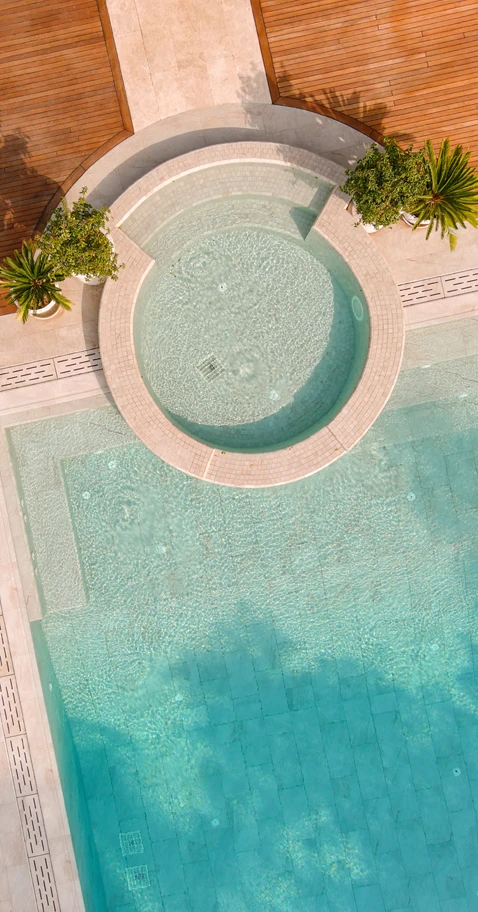




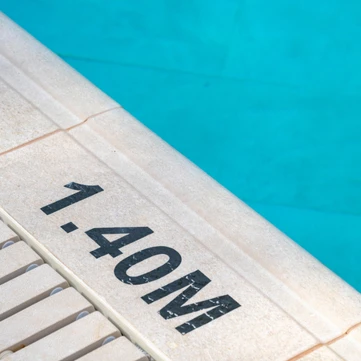
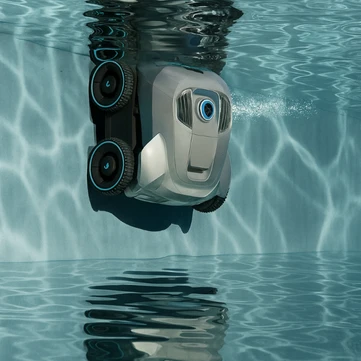
.webp)